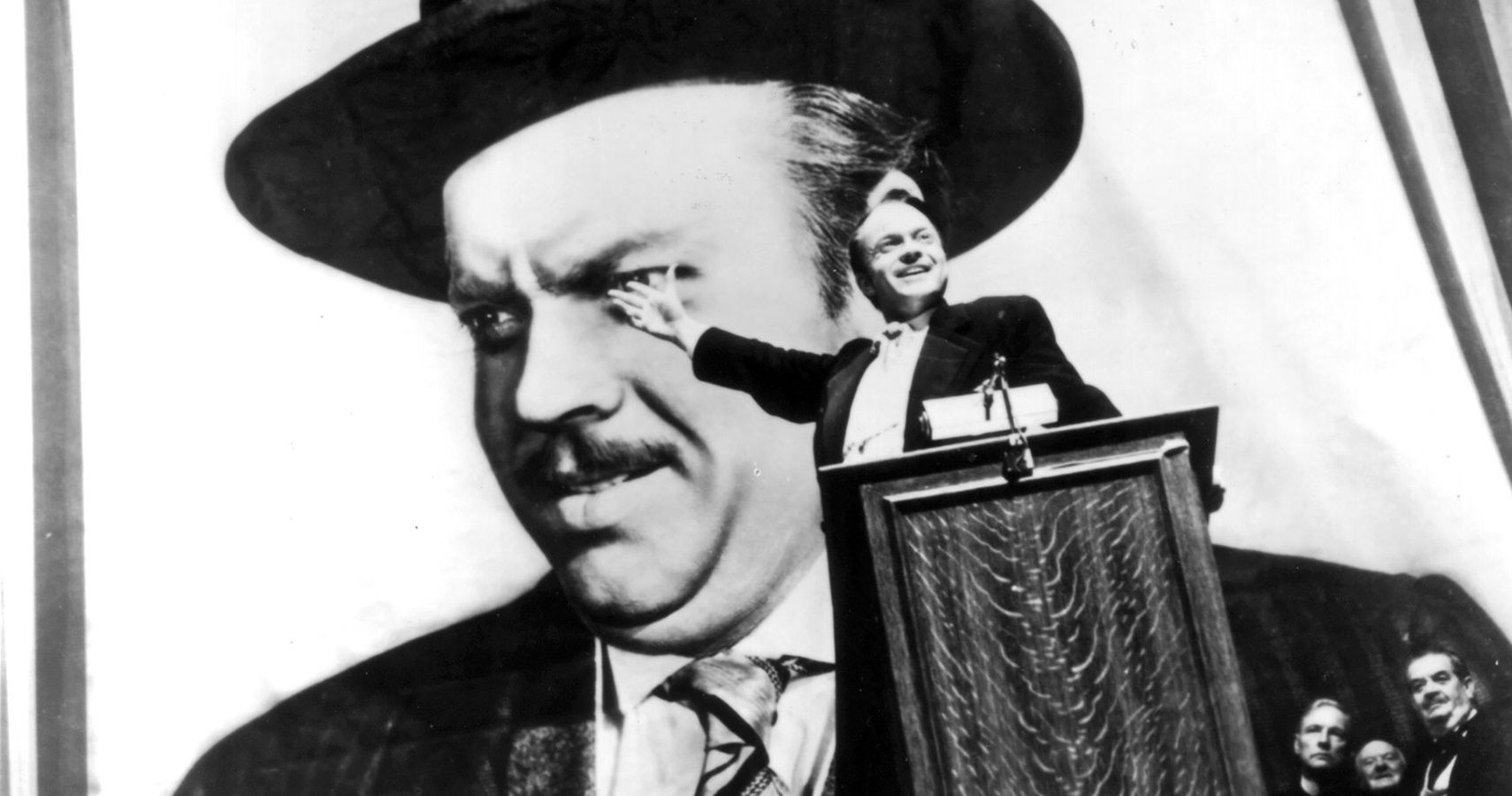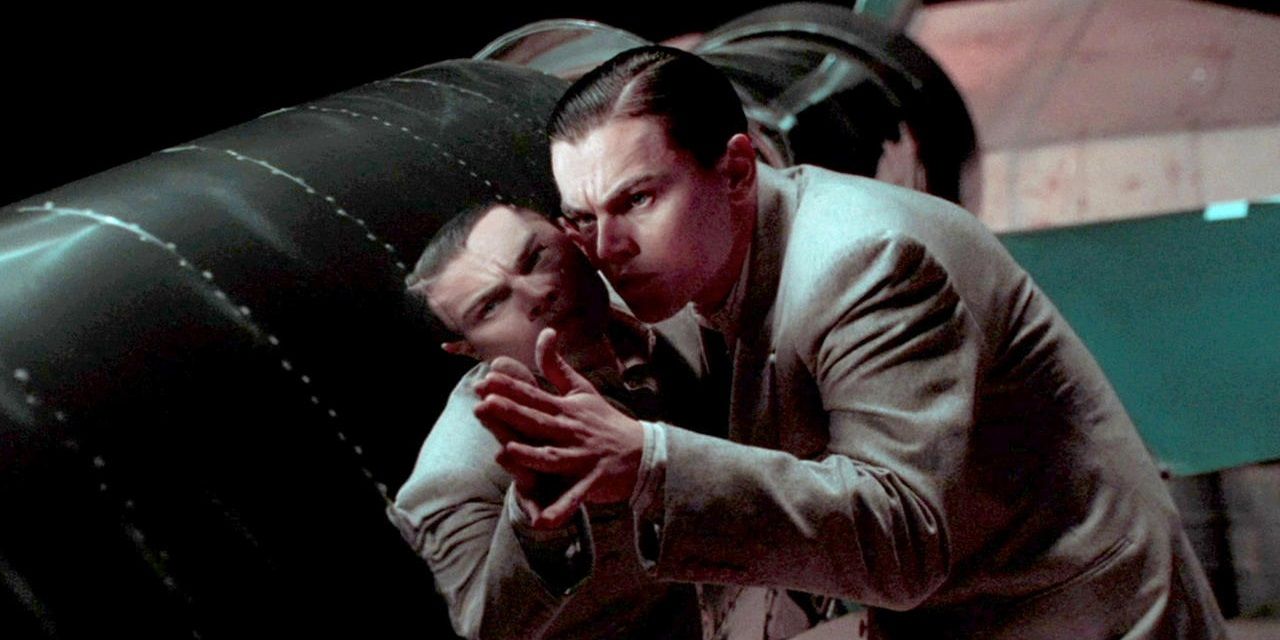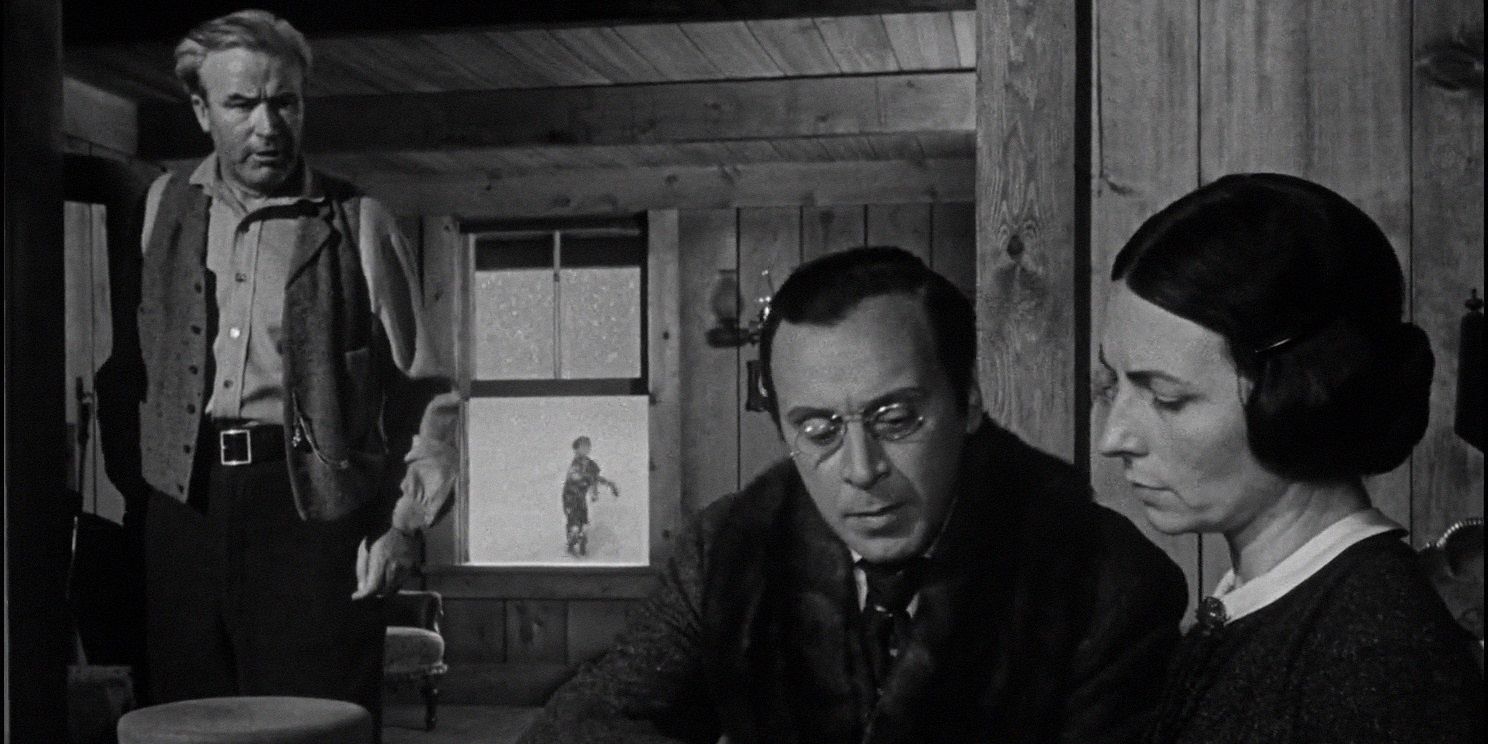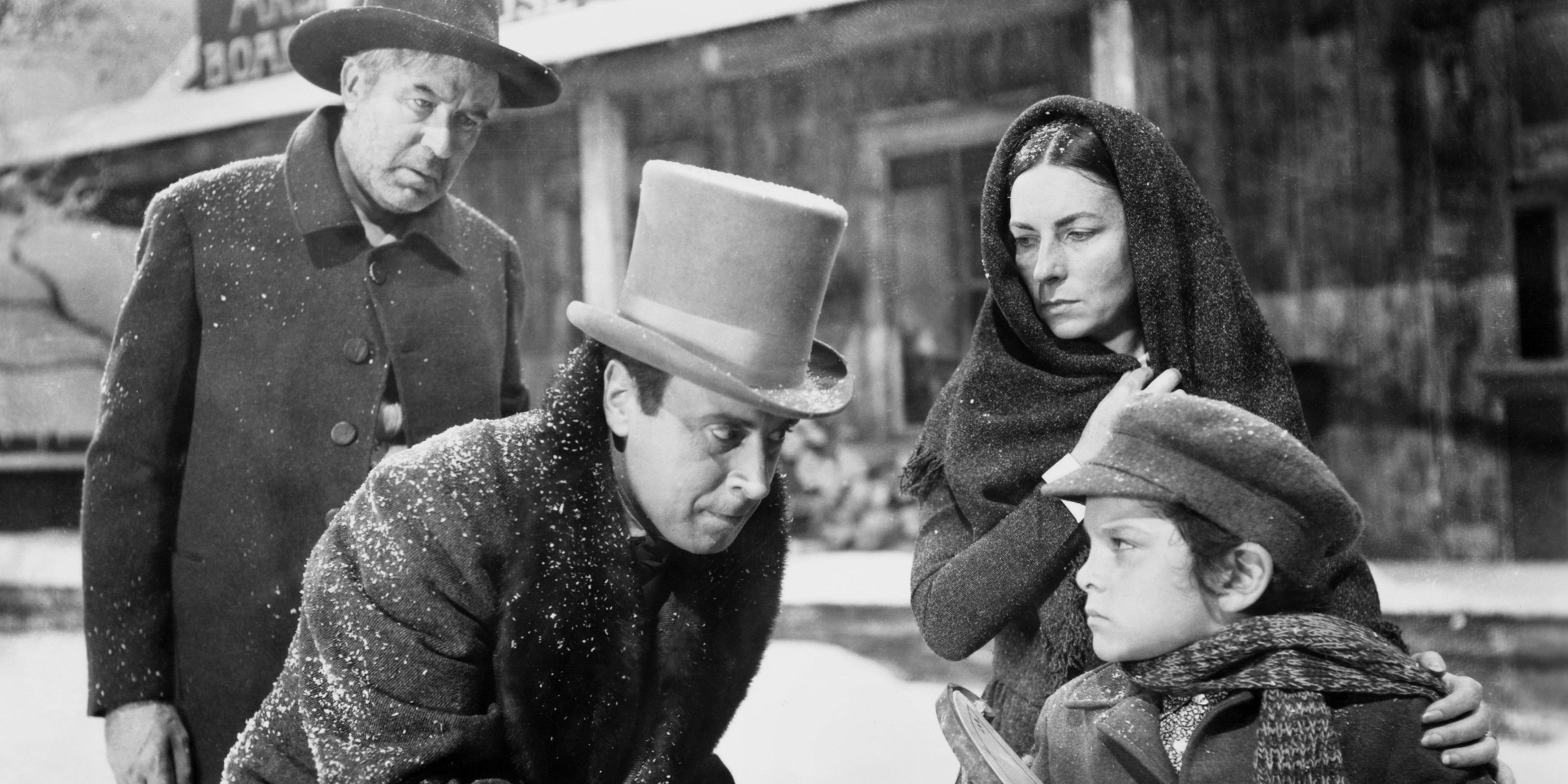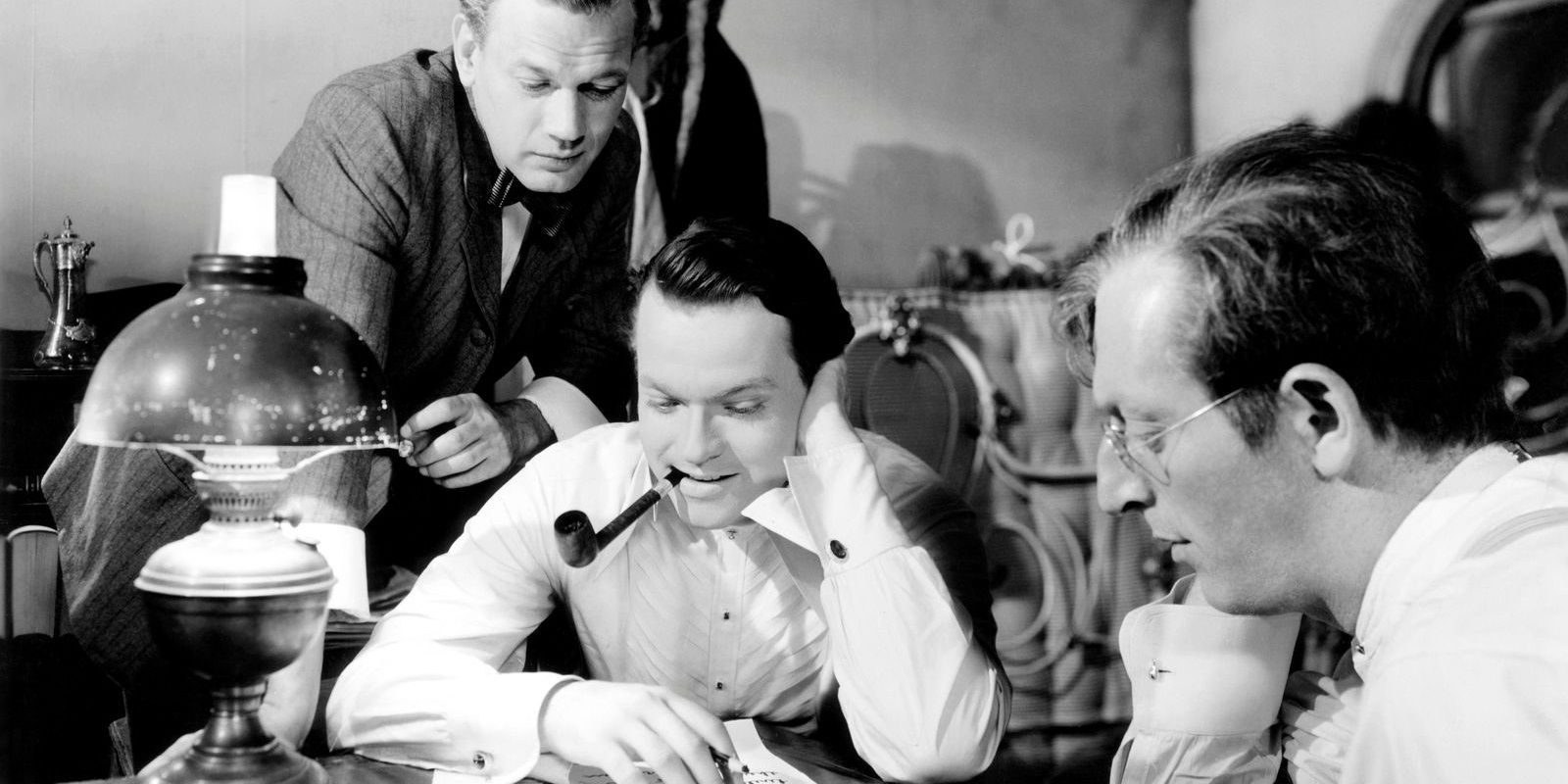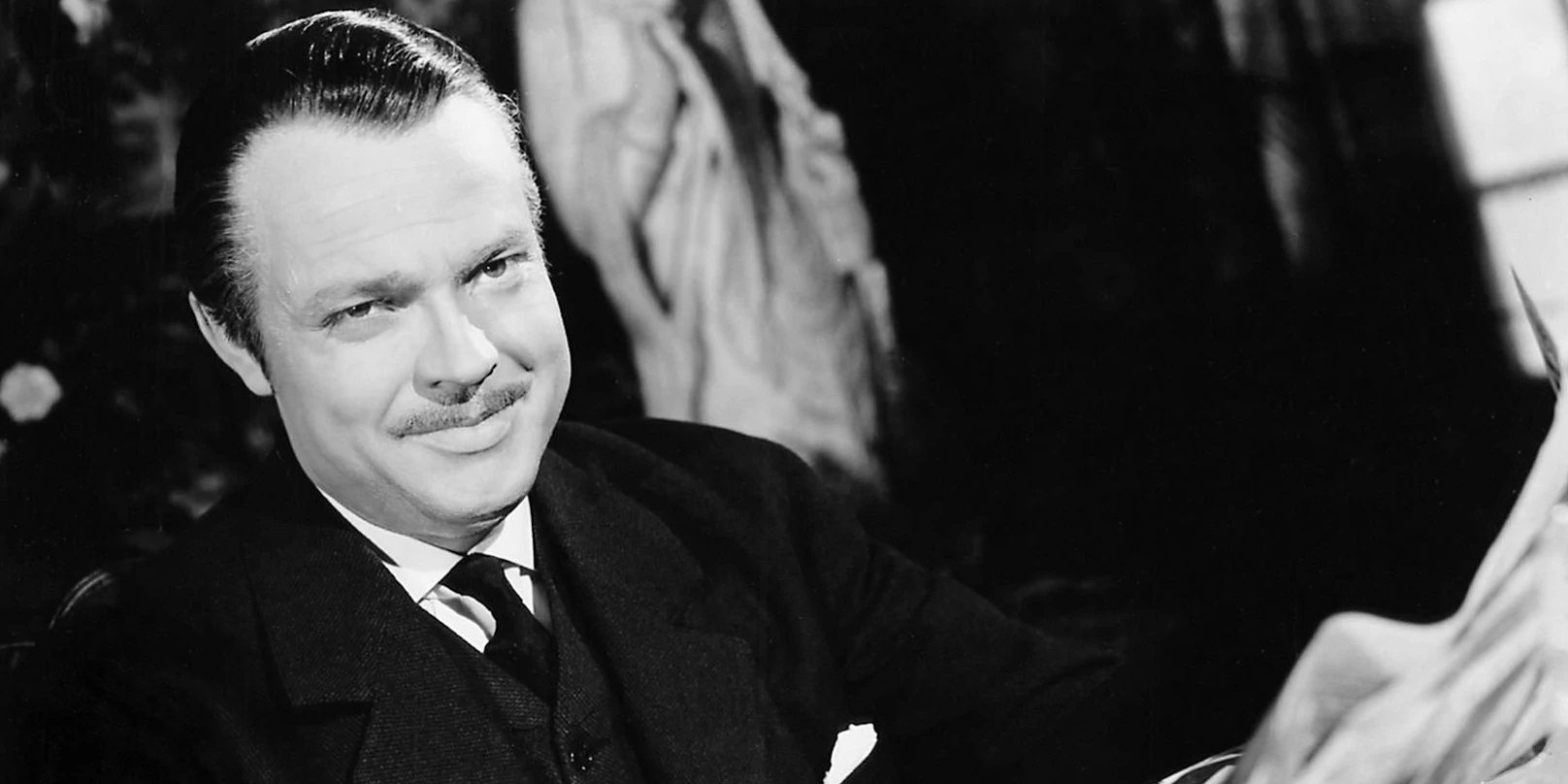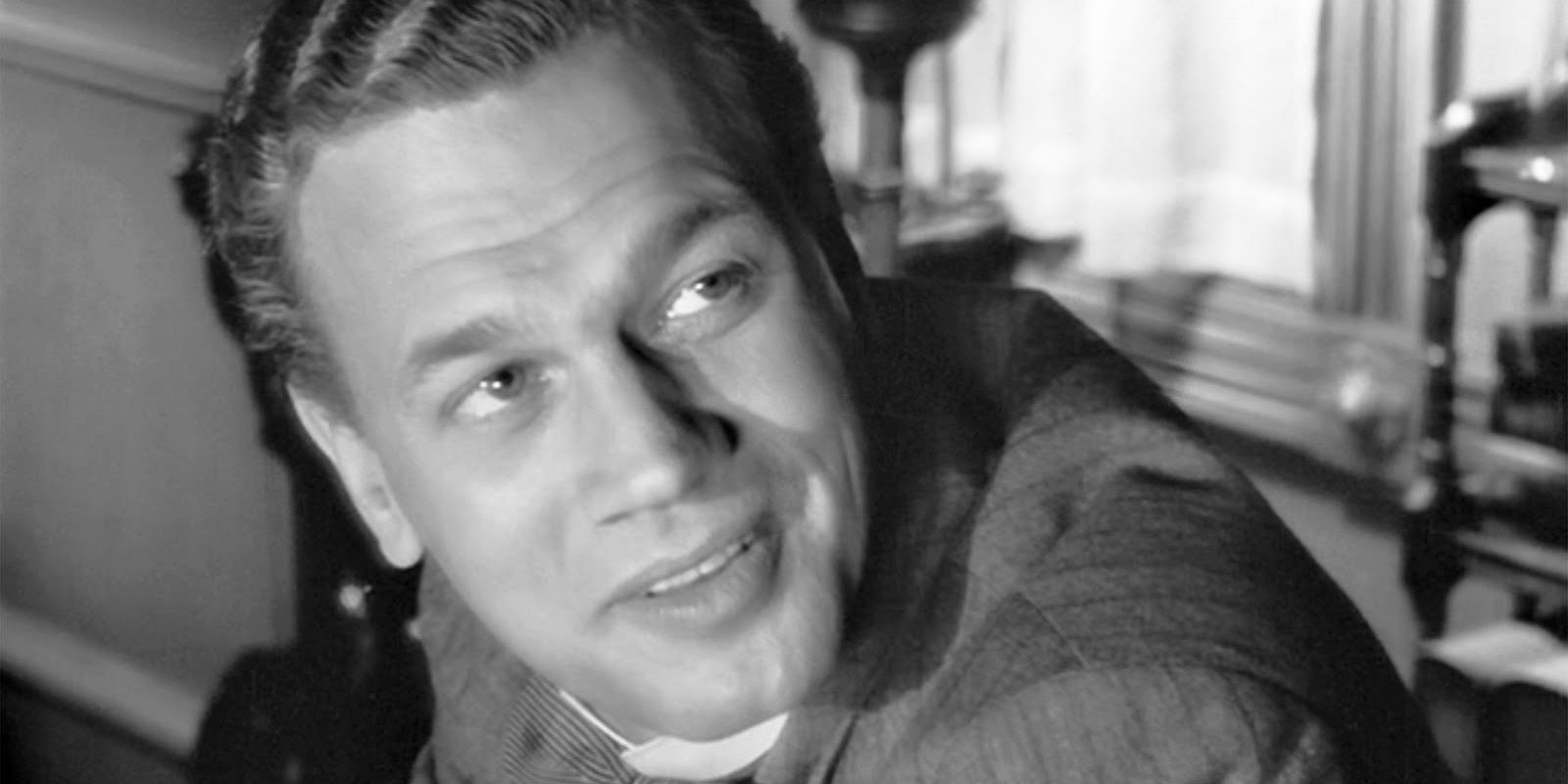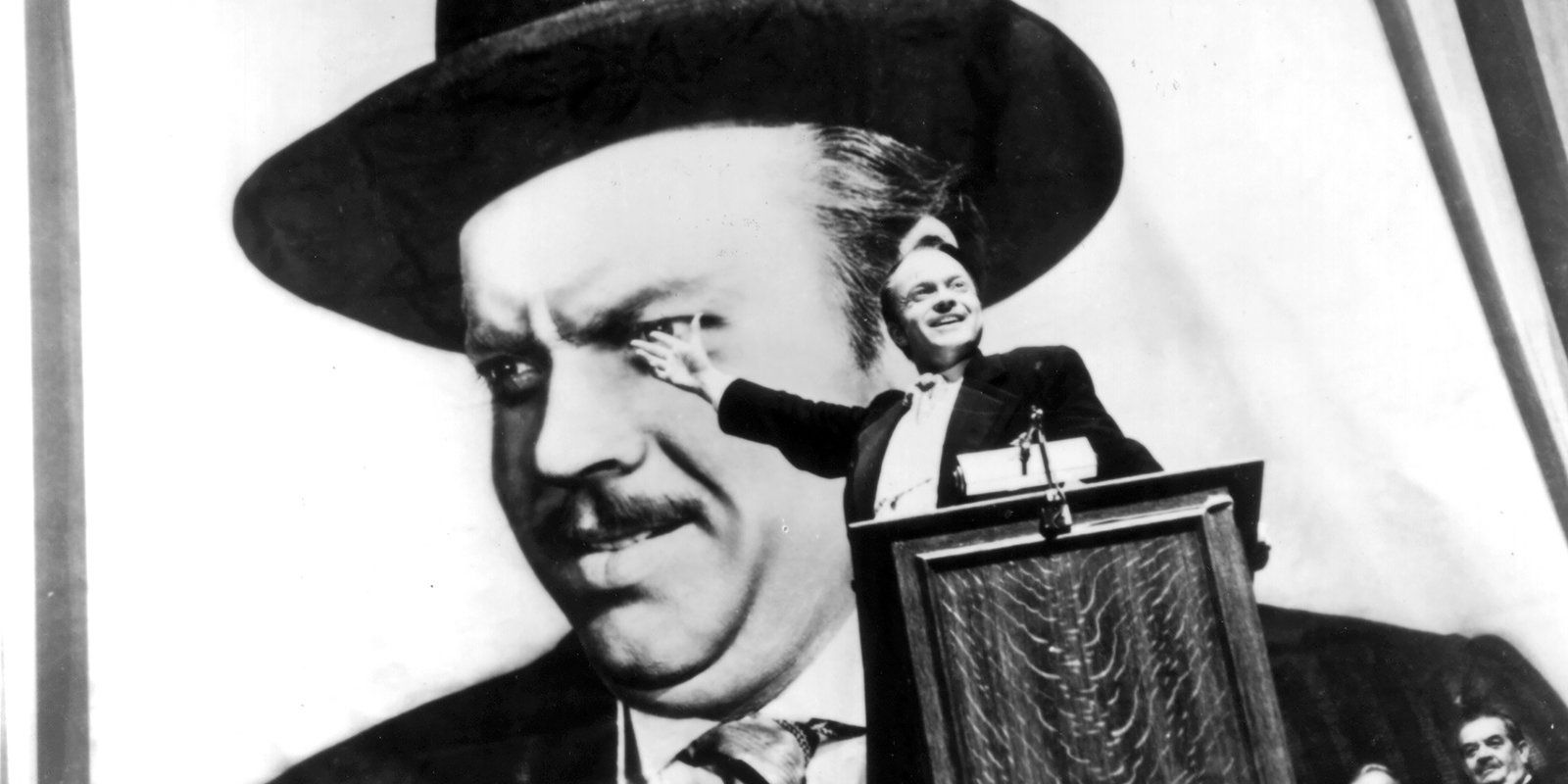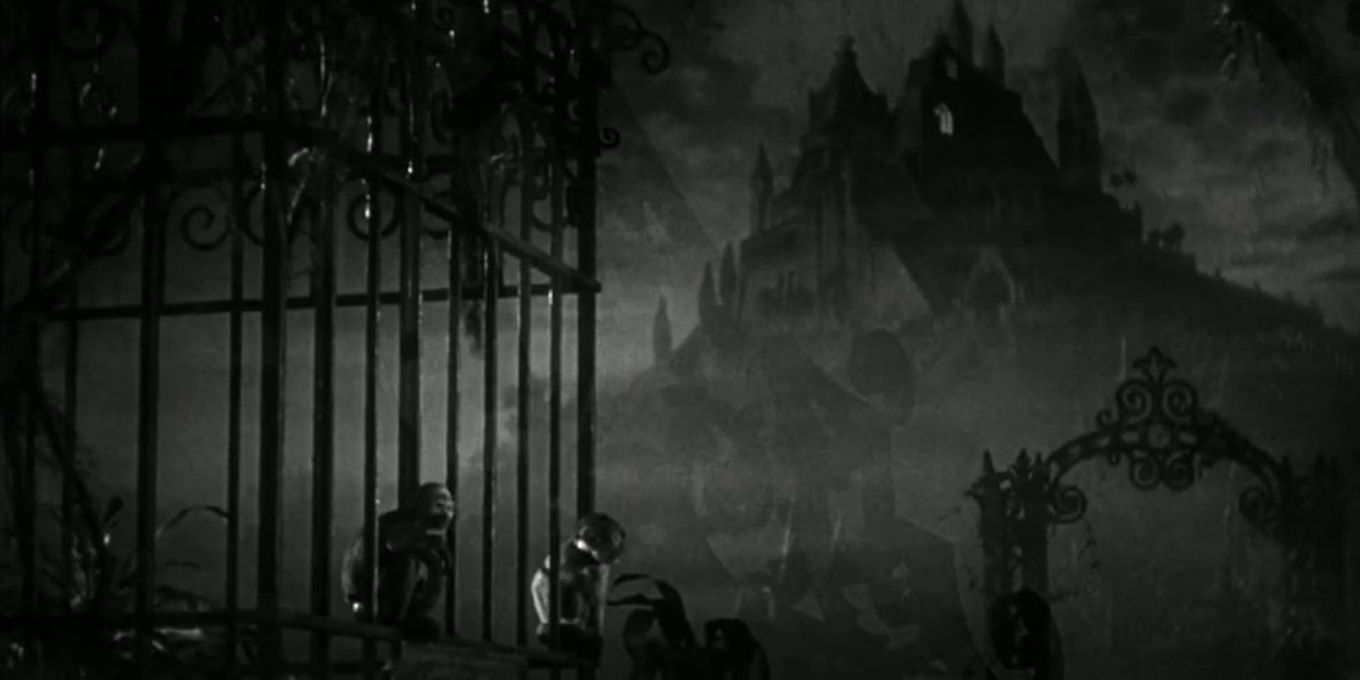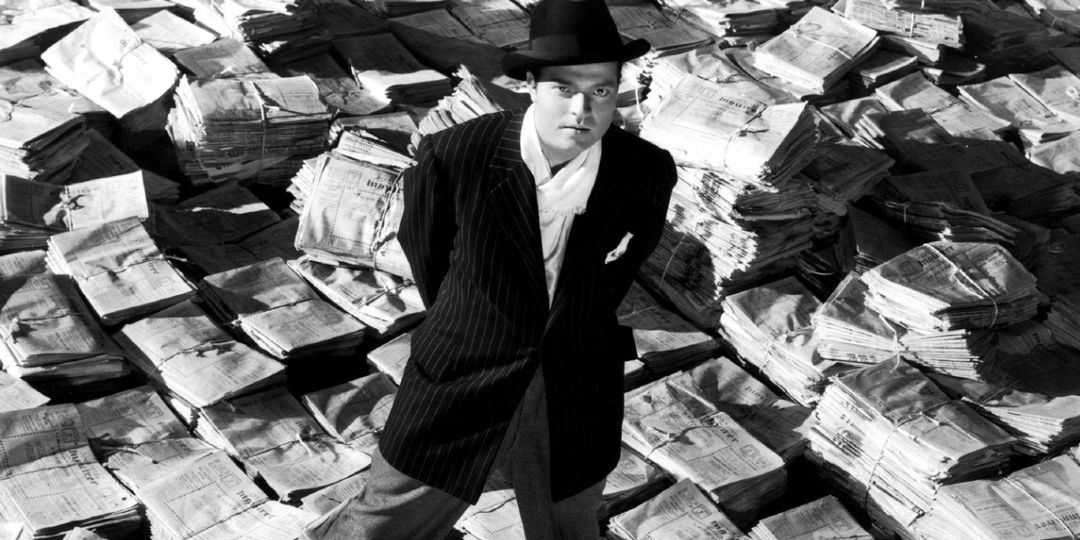Widely regarded to be one of the greatest movies of all time – maybe the greatest, period, or at least the most influential and culturally significant – Orson Welles’ Citizen Kane offers a timeless portrait of an unscrupulous business tycoon. It also pioneered a bunch of revolutionary filmmaking techniques that changed the art of cinema forever and are still used to this day.
Welles credited his director of photography Gregg Toland alongside his own credit as the film’s director, producer, co-writer, and star, in order to call attention to the cinematographer’s immense, indispensable contributions. The making of Citizen Kane is a fascinating story.
Citizen Kane Was Originally Conceived As A Howard Hughes Biopic
Orson Welles originally conceived Citizen Kane as a straight biopic of Howard Hughes, with Joseph Cotten playing Hughes. However, he thought that audiences would find Hughes’ true-to-life antics to be too unbelievable and retooled the movie as an original story about a media tycoon.
A biopic of Hughes was eventually made by Martin Scorsese under the title The Aviator, with Leonardo DiCaprio playing Hughes in one of his all-time greatest performances.
Orson Welles Attributed The Movie’s Success To His Ignorance
When Orson Welles signed up to make his directorial debut with Citizen Kane, he had no idea what the limitations of filmmaking were and assumed that if he could imagine it, a film crew could make it happen.
He attributes the success of Citizen Kane – and all the technical innovations it made, like the invention of deep focus – to that ignorance.
Herman J. Mankiewicz Was Almost Denied A Writing Credit
The screenwriting credits of Citizen Kane have been the source of some controversy, primarily due to a 1971 essay by Pauline Kael entitled “Raising Kane.” Orson Welles wanted a sole writing credit and gave his co-writer Herman J. Mankiewicz a few grand to forgo being credited for his contributions.
When the Writers Guild heard about this, they put a stop to it and demanded that Mankiewicz get a credit. Welles tried to get his money back from Mankiewicz, but he’d already spent it.
To Keep The Studio From Meddling In The Shoot, Orson Welles Lied To Them
When Citizen Kane went into production, Orson Welles wanted to avoid studio executives interfering with the shoot, so he told them that the cast and crew were simply in rehearsals ahead of filming.
Welles managed to shoot a few days’ worth of scenes before the studio caught on and realized production was underway.
At The Beginning Of Filming, Orson Welles Suffered From Caffeine Poisoning
Orson Welles was in bad health when he started shooting Citizen Kane. Having drunk between 30 and 40 cups of coffee a day during pre-production, he was suffering from caffeine poisoning by the time principal photography began.
He switched to tea, thinking that the long process of brewing it would limit how much he drank, but he had an assistant to make tea for him, so that didn’t work. Within two weeks, his skin was an unnatural color.
Joseph Cotten Stayed Awake For 24 Hours To Perform Drunken Scenes
For scenes in which his character was supposed to be drunk, Joseph Cotten stayed awake for 24 hours, so he’d be groggy and slur his words. This sleep deprivation led to some unscripted dialogue.
He flubbed the word “criticism” for real, then ad-libbed a line calling attention to his drunkenness, which Welles decided to keep in the movie because it amused him.
The Studio Sent Spies To The Set
Orson Welles’ contract stipulated that the studio couldn’t interfere in the production of Citizen Kane. However, the studio refused to honor this and sent spies to the set to report back with what they saw.
Sometimes, when studio executives made unannounced appearances on the set, the cast and crew would stop working and play softball until the executives went away.
Orson Welles Was Stuck In A Wheelchair For Two Weeks Of Filming
While shooting the scene in which Kane chases Gettys down the stairs, Orson Welles tripped and chipped his anklebone. The injury confined him to a wheelchair for two weeks.
Whenever he was required to appear in front of the camera, he had to wear metal braces just to be able to stand up.
Bernard Herrmann Composed His First Ever Film Score For Citizen Kane
The music for Citizen Kane was the first ever film score composed by Bernard Herrmann, who would go on to become one of the most iconic film composers of all time.
He worked primarily on Hitchcock movies, like Vertigo, Psycho, and North by Northwest, but also wrote the music for such masterpieces as Cape Fear and Taxi Driver.
According To Orson Welles, Citizen Kane Wasn’t Based On William Randolph Hearst
Citizen Kane is widely considered to be a loose biography of William Randolph Hearst. Hearst himself appeared to think so, because he refused to advertise the movie in any of his newspapers.
However, according to Orson Welles, the movie wasn’t based on anyone in particular. Hearst was obviously an influence, but the plot seems to have also been partly inspired by Samuel Insull.

